Just like when solving mazes, it seems that I like to start from the end and work my way backwards. I've just talked about how I'm planning to try and interweave a 5th Tetrinsic and how the visible area is likely going to be around about 75 x 75mm.
Well I did a bit of a look into it and there are 4.0" 480 x 480px and 4.12" 720 x 720px displays on AliExpress, and the latter is generally better for the following reasons:
- The active area is a perfect square.
- The 4.0" is an entire 1.68mm shorter in one axis for some reason (see image below), though in practice I doubt anyone would be able to notice.
- The active area is 74 x 74mm, which is very ideal as it closely matches the expected area.
- Still, the size difference between the two is probably not noticeable:
- It is higher resolution, but more importantly, it has a higher colour depth of 16.7M colours instead of 262K.
- This is important as the animations I'm planning to play involve gradients, and a low colour depth can lead to banding. Dithering can mitigate this effect.
The drawbacks is that I either have to deal with MIPI DSI or spend about 2X on the 4.1" HMI edition which is also 6mm thick. The price difference is less of an issue than the thickness, considering each Tetrinsic is like £25/each.
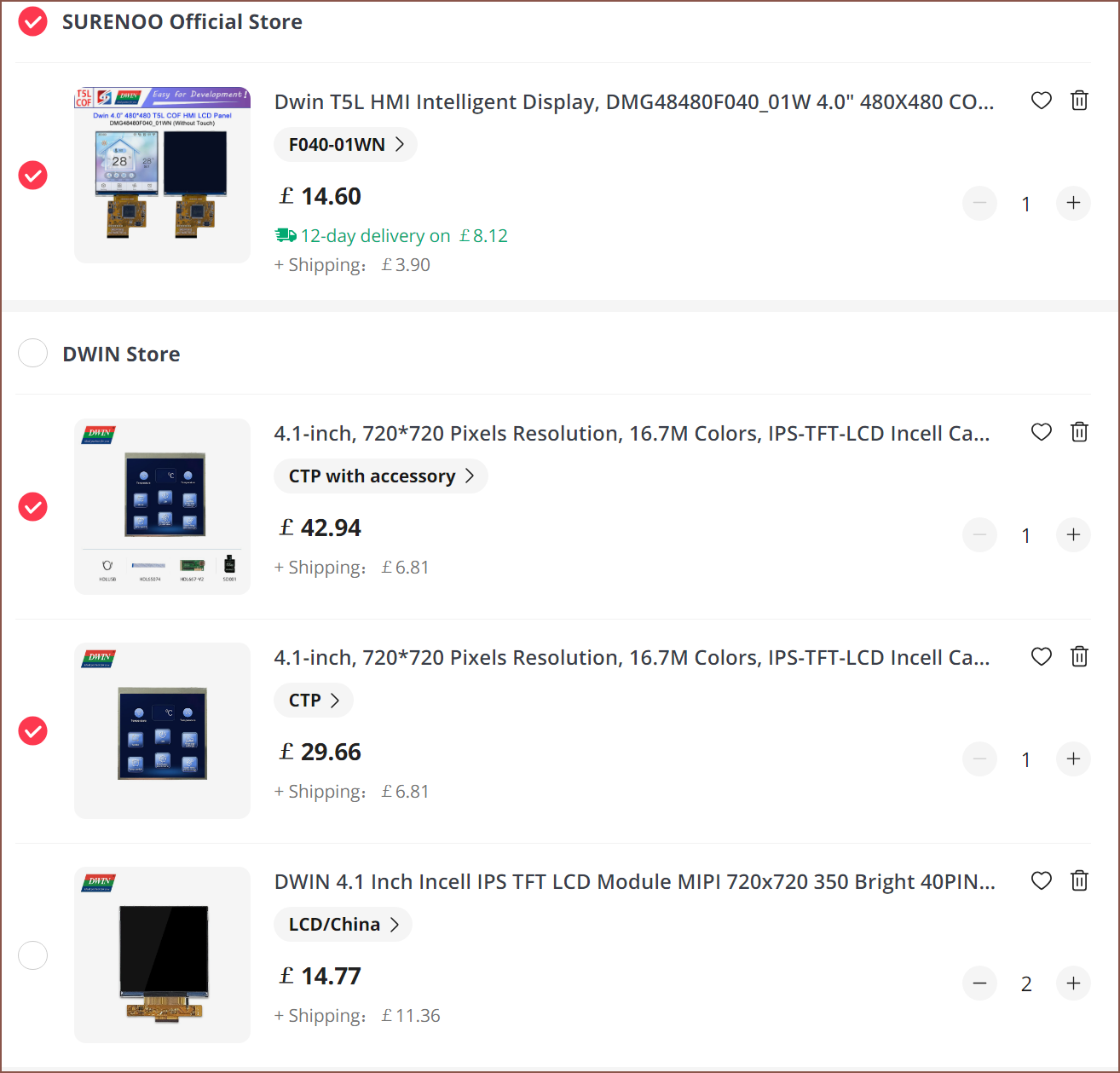
Well that was the research I gathered yesterday anyway. Now I'm writing this project log, and while I was looking for the HMI 4.0 inch LCD to screensnip, I actually found this:

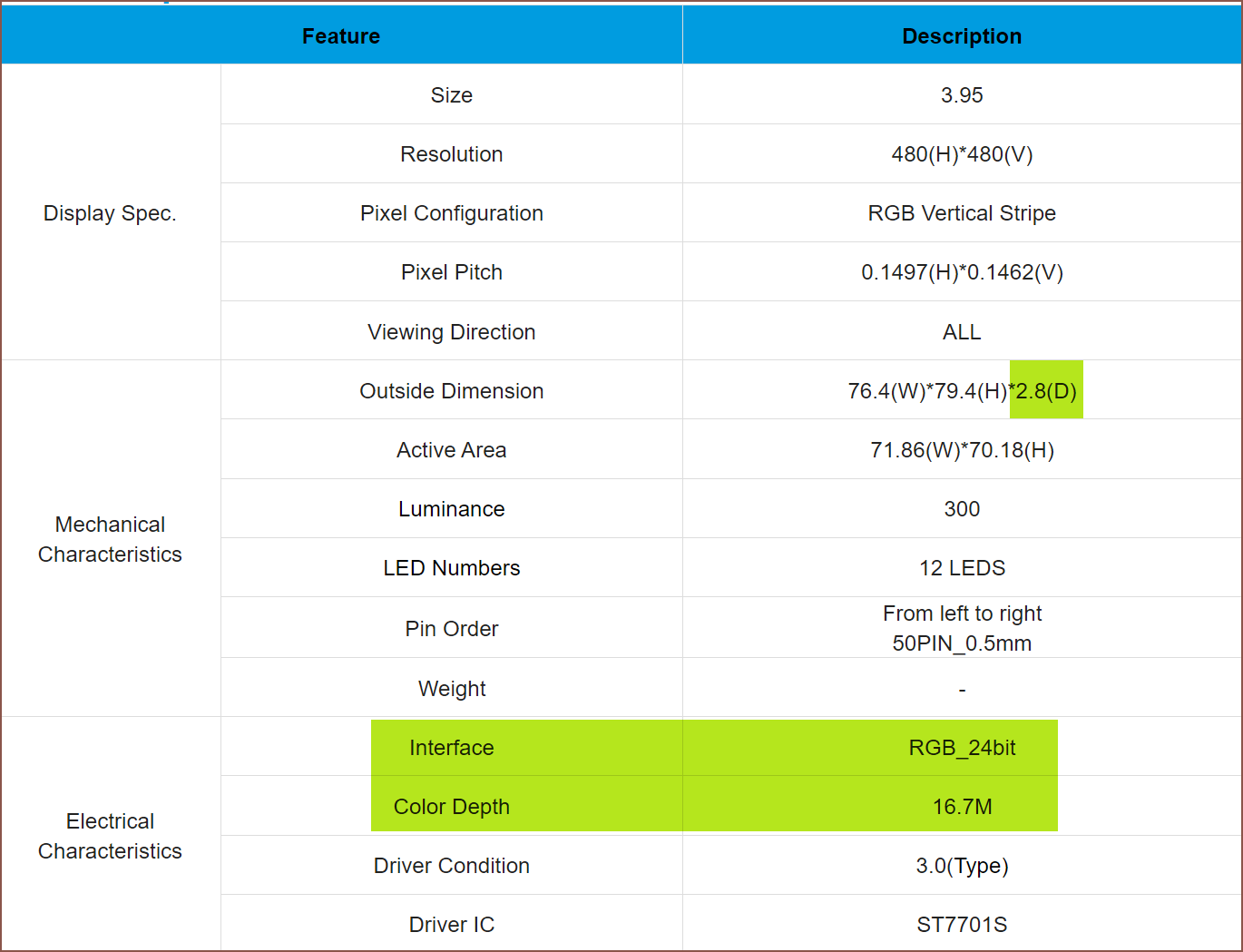
It seems that the HMI version only does 16-bit colours, but the screen itself supports 24-bit. For comparison, the image below is for the 4.1" LCD:
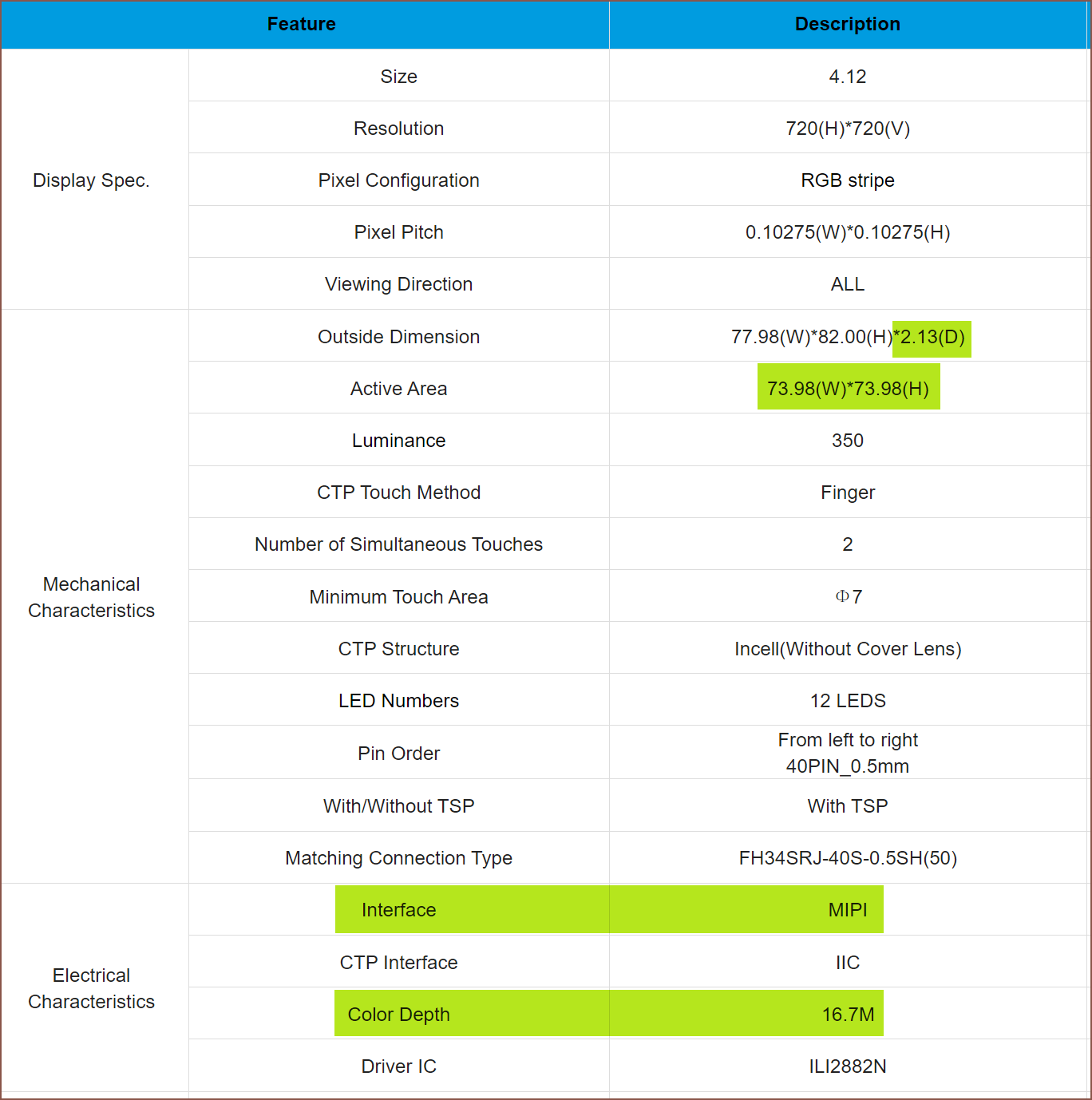
With this new discovery (that I might not have found if I wasn't writing a log about it), it's now looking that the 4 incher is the better solution. However, I did some more looking into it and there's actually a fully featured board that uses the ESP32, but it seems that a full screen refresh is about 6FPS and smaller changes are about 30FPS:
It also doesn't actually do 24-bit, but 16 bit. I actually wonder if the workload could be split up whereby 3 Tetrinsics only focus on 1 8-bit channel. Still, the best case scenario might only be 36FPS (6FPS x 2 [since output decreases from 16 to 8bit] x 3 Tetrinsics).
If you listen to the creators of keyboards like Finalmouse Centerpeice and Flux Keyboard, it becomes apparent that something with some actual rendering power (and not a microcontroller) is likely needed for what I'm looking for. However, a Raspbery Pi 0 (which I've never seen for £5) + HDMI bridge sounds a tad overkill. This is probably why Dwin -- the guys making those HMI's -- actually created their own chip to run the displays:
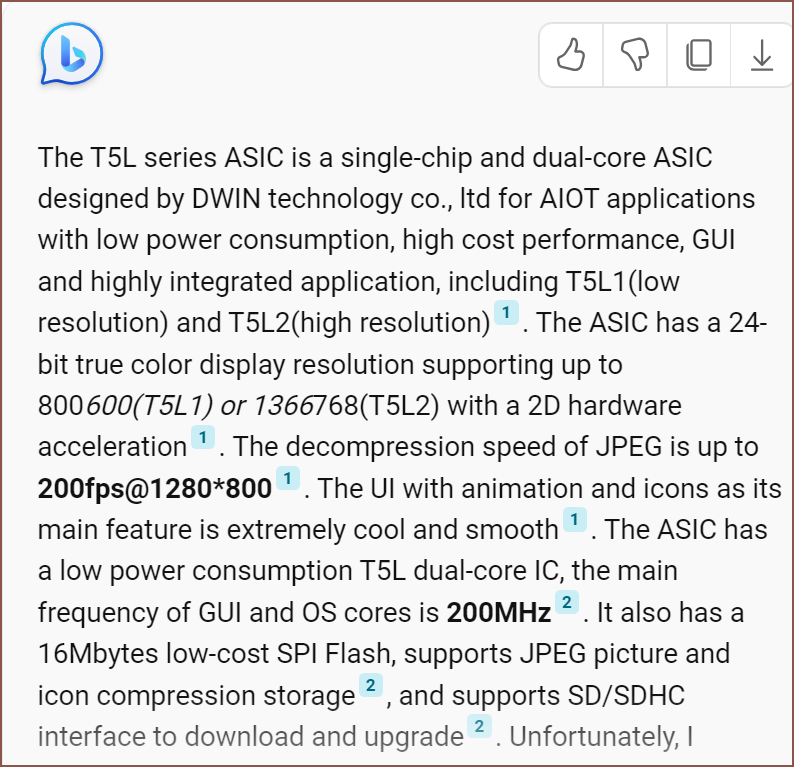
Looking at the datasheet, it sounds like the engineers are eeking out an extra 8% out to actually run the 720px screen.

Thus it seems that the best solution with the highest end-product quality with the lowest developer effort is stil the 720px screen, as long as I can actually fit it in the space available.
It's going to be tight, and the resulting Tetent concept probably won't look as futuristic since the screen surface would be very close to the bottom of the Tetrinsic tubes.
[14 Aug]
Assuming that I don't have to constantly feed in new data for a static image, it may still make sense for the parallel RGB option for showing still images, just like a standard desktop wallpaper. The plan would be to
- Fade the screen to 0 brightness.
- Serial-to-parallel shift the data of each channel.
- Fade the image to the original brightness.
It certainly could help reduce power consumption, as the 4.1" HMI is claimed to use 12V 0.08A (0.96W) with the backlight off.
I also searched "ESP32 MIPI DSI" and I actually got a result: ESP32-P4. I remember first hearing about this chip and then, upon hearing that it didn't support any radio frequencies, I (and it sounds like other commentors) had a bit of a Dead On Arrival sentiment. Now, if the writer said
array of hardware peripherals such as MIPI-DSI and CSI
instead of the easily over-skimable
array of hardware peripherals including display and camera interfaces"
I would've been like "WOW! THAZ AWESOME!". Here's some notable things I've highlighted from the press release:
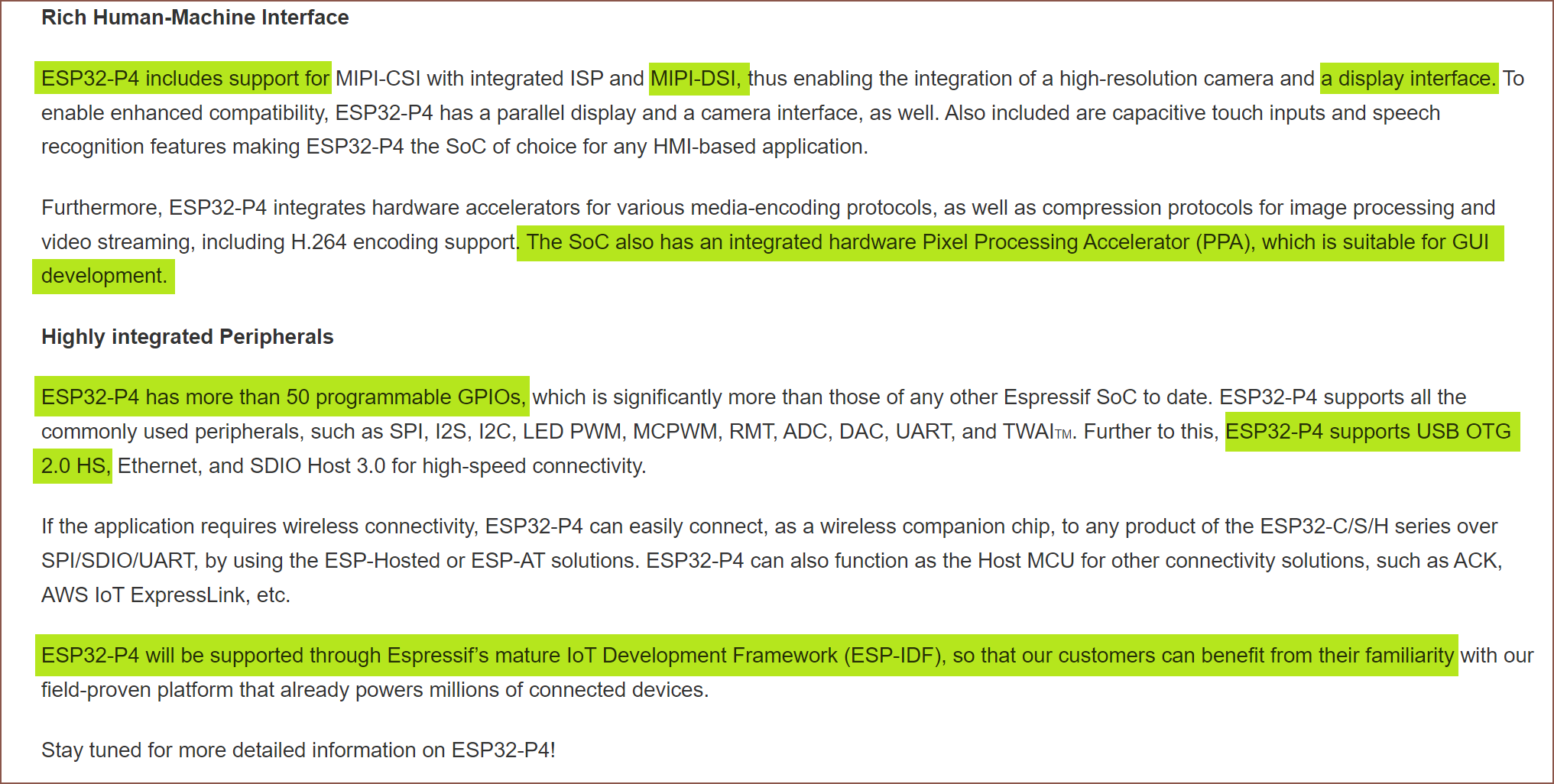
It sounds like its a chip that can be used for HMI displays, similar to the Dwin TL5 series of chips, but I can use the same development pipeline as Tetrinsic. That sounds great, but it seems that it was announced 7 months ago and yet there's no further info like docs or even anywhere to purchase the chip.
 kelvinA
kelvinA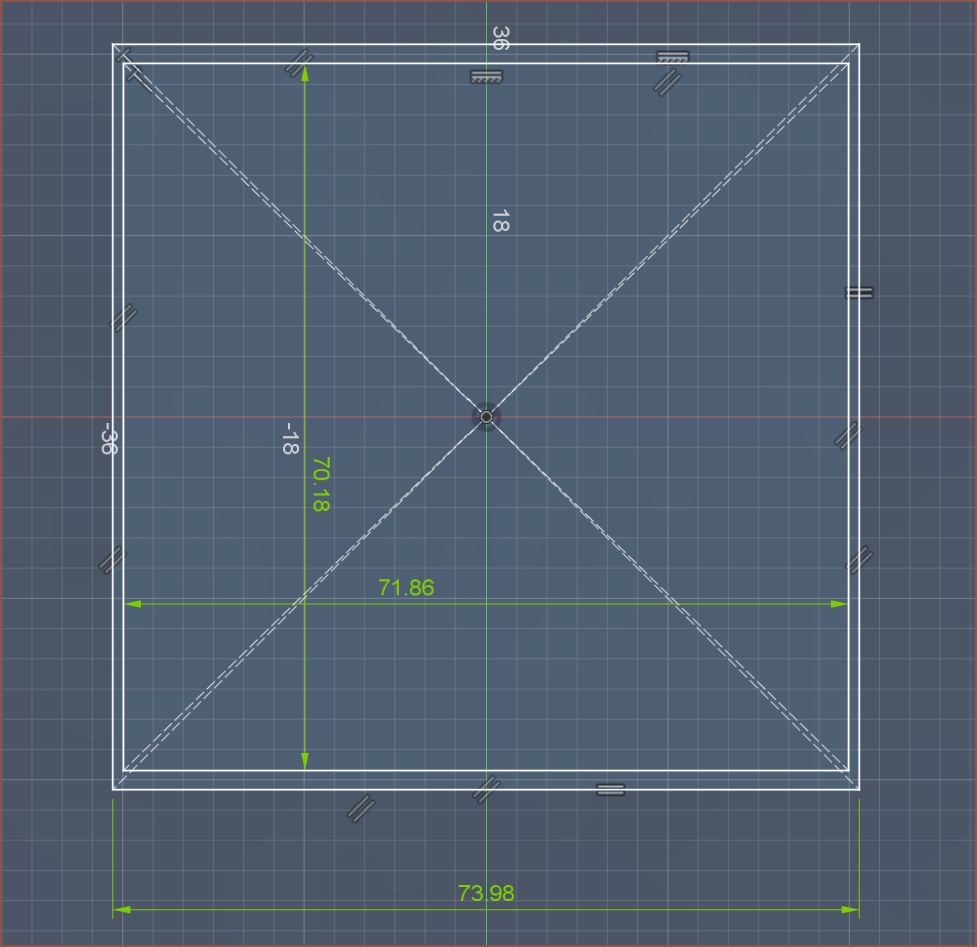
Discussions
Become a Hackaday.io Member
Create an account to leave a comment. Already have an account? Log In.